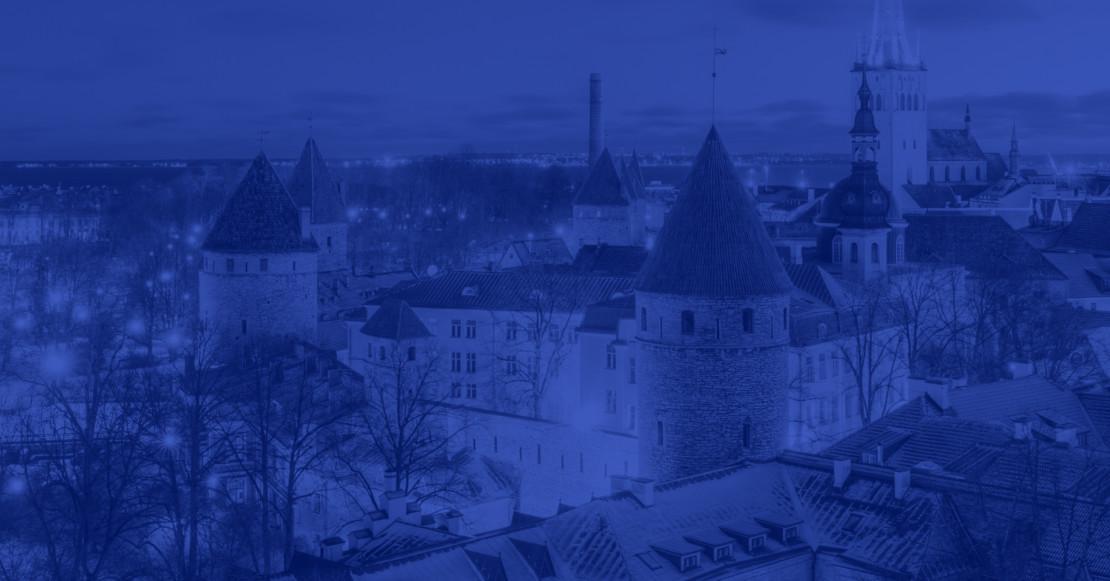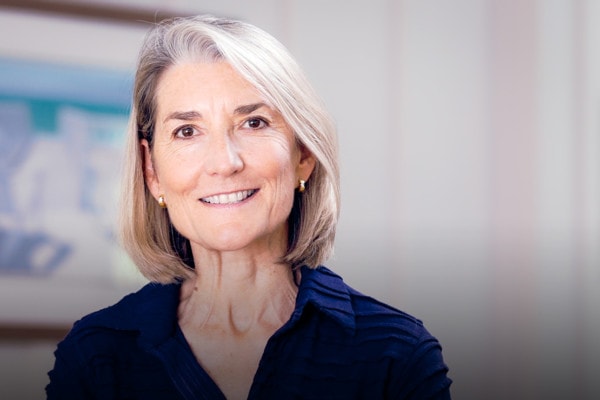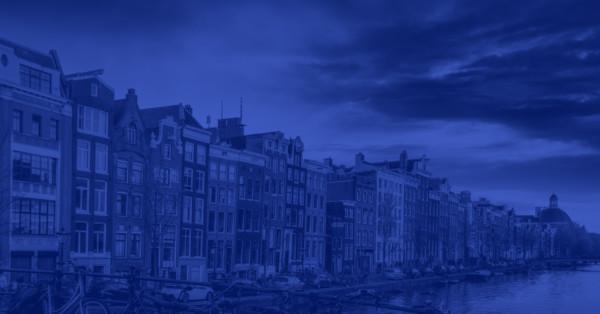25Mar2022
Yesterday, on the 24th of March, we hosted the third 2022 Speaker Contest Semifinal. Marcus John Henry Brown, Agnis Stibe, Enni-Kukka Tuomala, Harald Lepisk, and Ville Houttu gave short keynotes on the topics of future of work and organizational culture. Each semifinalist offered insightful thoughts during their presentations, and here, you will find the basic idea of each keynote.
Marcus John Henry Brown – The Corporate Artist
Marcus gave a new twist to his presentation on the corporate artist by framing it as a discussion over a zoom call with a different version of himself putting forward a methodology to encourage creativity in employees.
According to Marcus, “every employee is a potential creative artist”. By using the corporate artist process, you can “unleash divergent thinking” in an organization and also make employees happier (happier employees are more creative, he said).
The Art Factory is fundamental to this process. This studio is a space for mentoring, studying, and activities like individual assessments, drawing or photography workshops, and field trips or creative walks.
Marcus also outlined several parts of a “tool kit” to foster creativity, as well as a five-step process to follow. Another important aspect is “personal creative accountability” over your own creativity and how you apply it to answer challenges the company faces.
Agnis Stibe – Burnout vs Hyper-Performance
According to Agnis, in order to avoid burnout, we have to change the way we think, our habits, our traditions, and our routines to move toward hyper-performance. To that end, he outlined some strategies.
First, Agnis suggested that we try to replace thoughts for the completely opposite thought. Another strategy is to change the hand you use to hold your toothbrush in.
The last idea is to work with the Rubik’s cube. Instead of thinking that “other people have a magical skill”, you can learn the algorithm to solve it or find alternative exercises to carry out.
Agnis ended his presentation by asking “where is change taking place?”. The answer is in our brains. Human ability to change is called neuroplasticity, and with these tips, we can use it to avoid burnout and shift to the “effortless enjoyment” of hyper-performance.
Enni-Kukka Tuomala – Starting the Radical Empathy Revolution!
Enni-Kukka introduced herself as an “empathy artist and designer” and explained that her work is channeling empathy as a powerful tool for social change.
Empathy, she said, is the “most radical” human emotion, and the foundation for all strong communities. About 20% of companies already provide empathy training. These trainings tend to focus on an individual level and disregard the need to bring empathy into the structures and systems of organizations. However, it is fundamental to include both aspects as there is a “direct link with the bottom line”.
In order to achieve this, Enni-Kukka seeks to redefine the pillars of our shared culture, the roles people have or adopt, the rules of the organization that need to be re-written, and the relationships with ourselves, each other, and our environment. She called this process “empathy mapping”.
In essence, empathy is all about perspectives and different points of view, understanding what other people bring to the table, or even adopting someone else’s emotional state. We are pre-programmed to empathize more with people who are like us, but we can learn and reprogram ourselves to empathize with new people and situations. There is a huge opportunity to use this emotion to create a more meaningful work environment. “How will you become an empathy leader?” she asked the audience in closing.
Harald Lepisk – Smart Update Person
Harald opened his presentation by holding up a smartphone. Smartphones, he said, have improved over the years through updates and technological advances. “Can humans have updates?” he asked. “We can, but do we?” Using the analogy of a mobile device, he wondered what are the upgrades we need to become “future-proof”, that is, to be certain you will succeed in the future no matter what happens.
Since we don’t know what tomorrow will look like, there are many possible scenarios. For Harald, the best way to find out the “updates” he needed was to imagine a conversation with himself in the future. As he performed this exercise several times, he started to see patterns about what is important to his future self. Finally, the answer came down to three upgrades.
The first is to “connect for inspiration”, taking conversations to a deeper level because “when we connect with people, magic happens”. The second upgrade is to “create for legacy”, finding your creative sweet spot through the intersections of your purpose, gifts, and problems. The last one is to “grow for impact”, seeing obstacles as a fuel for growth.
Ville Houttu – Why Making Every Employee CEO For A Day Is Essential For Your Business
As CEO of a software company in Irvine, California, Ville, had the power to try out an unconventional idea: he made one of his program engineers CEO for a day. His idea played out surprisingly well, so much so, that it has become a standard practice in his company for the past four years.
Ville explained how it works: “Every month we select an employee to be CEO for the day. He has an unlimited budget to make a decision to improve the workplace. Whatever the CEO decides, we all live with”. According to Ville, the CEO announces his decision in the monthly meeting and, after sharing his decision, he chooses the next CEO for a day. Last rule: all employees get their turn at the top, but nobody goes twice.
Ville also shared some examples of decisions CEOs for the day have made, such as access to company-paid mental counseling for all employees, and cleaning services reimbursement of up to 100 dollars a month for remote workers.
“We are at the end of an era of telling our employees what to do”, Ville pointed out and concluded that trusting employees with big responsibilities earns their loyalty and trust. And when this mutual trust is built, there is no stopping where your business can go.
Wondering Who Won?
At each semifinal, our jury and audience will vote for their favorite speaker. The person with the most votes will move on to the final held in Helsinki on the 31st of May. This time, Ville Houttu earned most votes, and will therefore move to the final – congratulations! A huge thank you also to each semifinalist for delivering excellent speeches! If you want to watch the recordings of the speeches, you can do so on the contest website.
About the Speaker Contest
The 2022 Speaker Contest is Business Forum Group’s initiative to find individuals with original ideas and give them a platform to speak. This year, the winner is offered a spot on stage at Nordic Business Forum 2022, Oslo Business Forum 2022, and Amsterdam Business Forum 2022 with a 70,000 € fee for the speaking engagements.
Interested to watch the rest of the semifinals? Join the audience on the contest website and help us choose our next speaker!


